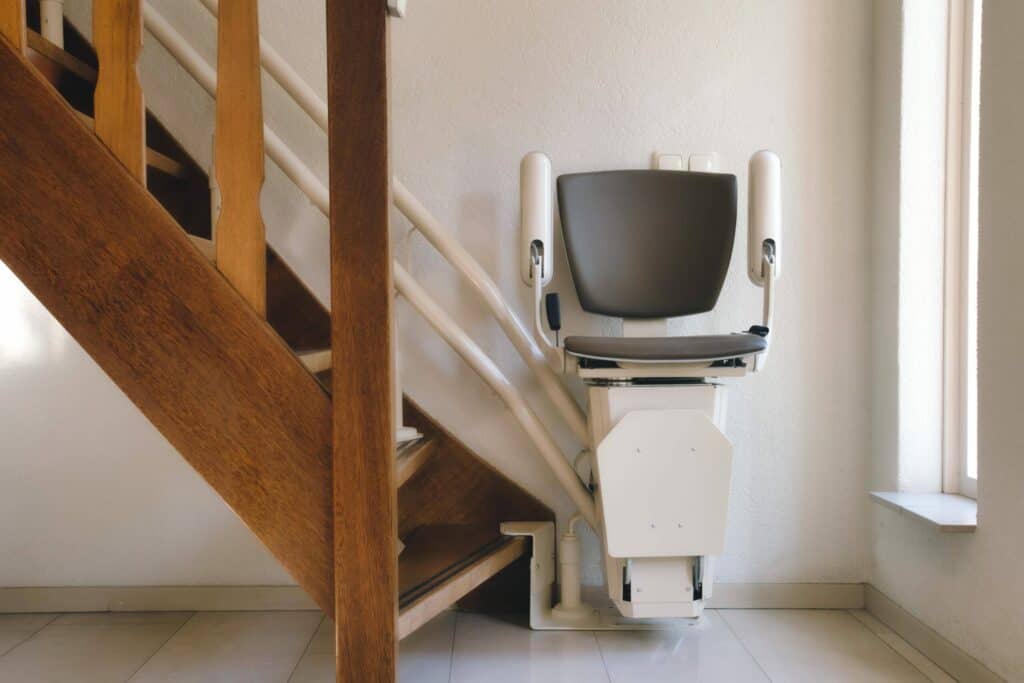
Bringing Seniors Home from the Hospital
It can be stressful when an elderly loved one is admitted to a hospital or healthcare facility. You likely have a lot on your mind, and what to do when they are discharged may be one of the last things you are thinking about. However, it’s best to think about it early on so you are prepared to bring your loved one home.
Ask Questions
You won’t know if you don’t ask. Don’t be afraid to ask your medical team any questions you may have. There are no silly questions when it comes to your loved one’s well-being.
While every person and situation is different, here are some questions you might want to ask (or might help you think of other questions you have):
- How long will my loved one be in the hospital or facility?
- What condition will they be in when they leave the hospital? What will they be able to do when they go home? Limitations they may have?
- Can they live alone? How much help will they need?
- Will they need any equipment at home? If so, how do we get it for them?
- Will there be follow-up appointments and how often?
Preparing Home
Oftentimes, bringing someone home from a hospital or facility is more involved than simply getting in the car and driving them home. Whether they are going to their own home or to yours, there may be steps you need to take to make the home safe and accessible. A safe return home can be the difference between being readmitted to a hospital and a full recovery.
Safe Entries
Let’s start with the first place your loved one will encounter when coming home: the entry. Make sure there are no cracks or other damage to sidewalks or steps that could cause them to trip. If there are steps (and they can use them), make sure there are sturdy railings for them to hold onto. If they cannot use steps, have a ramp installed.
Remove Fall Hazards
Falls are a leading cause of injury for seniors, so it is important to reduce the risk for falls as much as possible.
- Remove throw rugs. Rugs can be a tripping hazard, especially if they do not have good grips on the bottom. They can slide around or ball up and become a danger.
- Clean up clutter. To put it simply, remove anything on the ground that shouldn’t be there and open the room up as much as possible. Creating an open space will give them more room to navigate throughout the house.
- Remove cords in walkways. Avoid having cords stretched across the floor where your loved one will be walking.
Make the Bathroom Safe
The majority of seniors’ falls occur in the bathroom, so it’s an important room to focus on when preparing the home for your loved one. You can help make the bathroom safer by:
- Installing motion sensor lights or nightlights. This will help seniors who get up in the middle of the night to use the restroom. They won’t have to search for the light switch in the dark.
- Adding grab bars. In the shower and beside the toilet are the main places these can be helpful.
- Using non-slip bathmats. Add these in the shower to avoid slips and falls.
- Adding a shower seat. Standing in the shower can be difficult for seniors. Adding a shower seat will allow them to safely bathe while seated.
- Raise the toilet seat. Raising it to between 17 and 19 inches can make it easier for a senior to sit and stand.
Protect Against Fire
Remove fire hazards from the home, including:
- Candles. This eliminates the risk of your loved one forgetting to blow it out.
- Check electric cords. Check appliances and lamps and replace any damaged cords. Also limit the number of things plugged into power strips.
Remember to check the batteries in and test all smoke detectors.
Stairs
If your loved one lives in a home with multiple floors, make sure railings are sturdy and safe. Look into stairlifts if they are not able to use the steps. If possible, eliminate the need to use the steps at all and set up a one-level living environment.
Medical Alert Systems
If your loved one is able to live at home alone, medical alert systems can be great for their safety and your peace of mind. There are many options available that can be worn around their neck. If they fall, they can press a button and be connected to help right away.
Equipment Needed
Depending on your loved one’s needs, special equipment (known as durable medical equipment) may be needed when they return home. This can include:
- Wheelchair
- Hospital bed
- Walker or cane
- Bedside toilet
- Oxygen
- IV equipment
- Hoyer lift
Durable medical equipment (DME) that is prescribed by your doctor is covered by Medicare Part B. Medicare offers a great tool on their website that can help you find places near you to get the DME you need.
The Bottom Line
Have a plan for the day your loved one comes home. Who will be picking them up? What time? Do you need to get any medications or supplies on your way home? Having a plan will make the transition home go smoothly.
Talk to your loved one’s medical team about any other information you need to know. Ask them to go over things like medication and warning signs to look out for and when to call the doctor’s office.
If you can, include your loved one in conversations with the doctor about what to expect when they get home. Life at home will likely be different for them, and that can be difficult to cope with. Hearing it from the doctor and having the chance to ask questions can help make the transition easier for them.
There can be a lot to do before bringing a senior home from the hospital or a facility. Having conversations and starting preparations early can help make the transition smoother for everyone.




